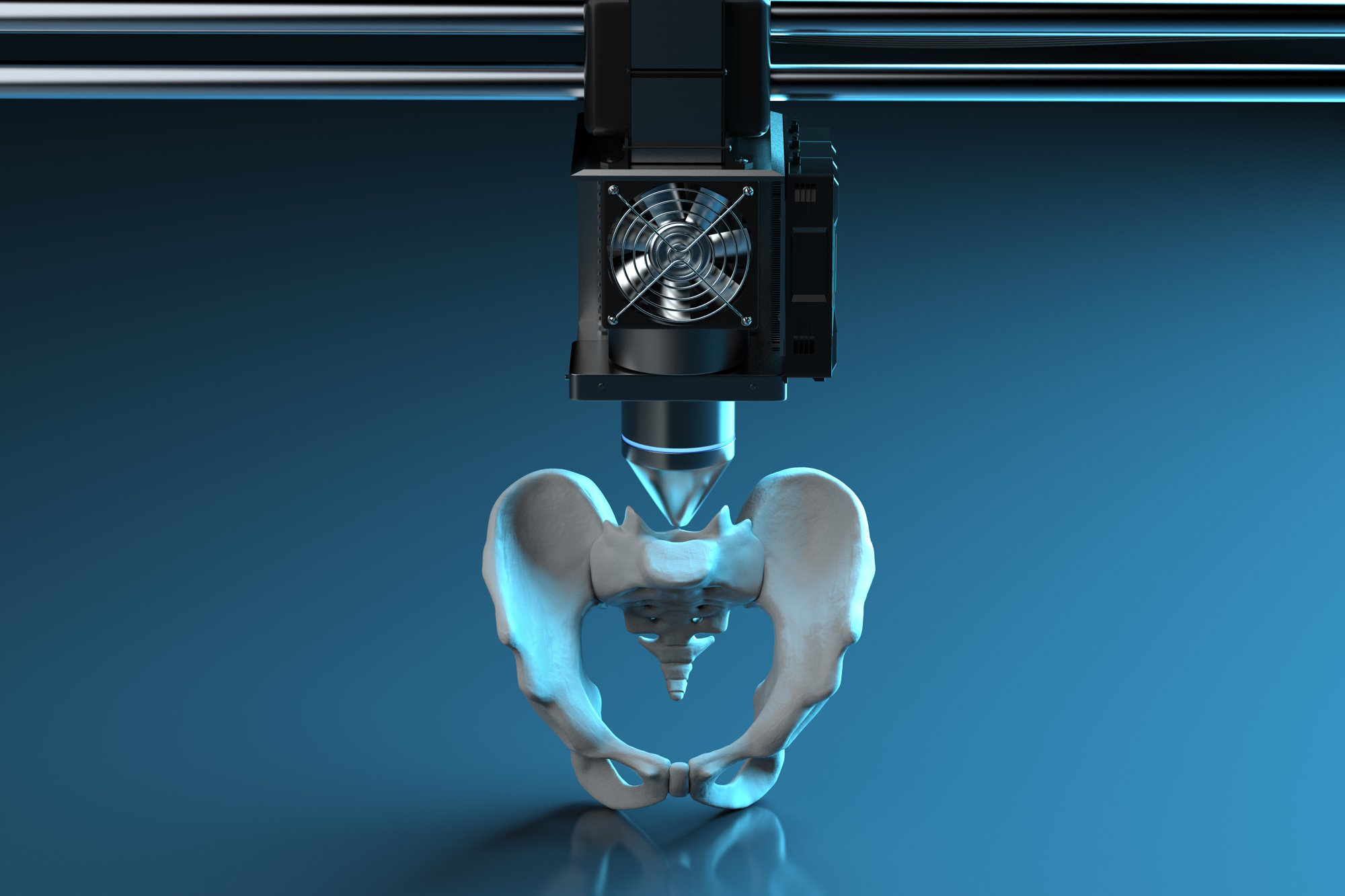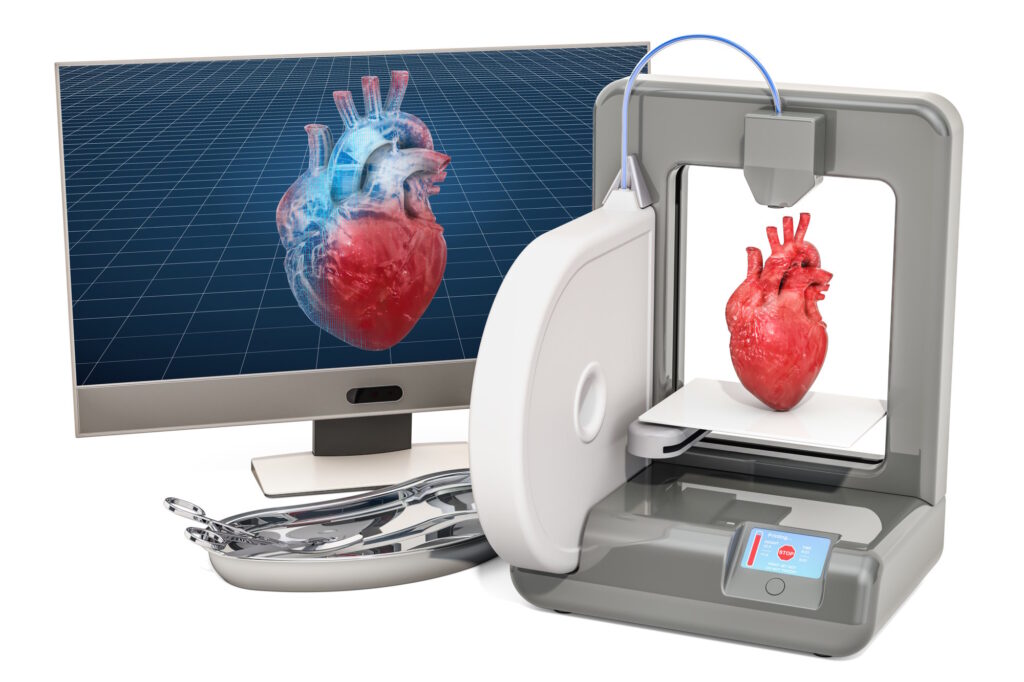
Exploring the Dynamic Growth of the 3D Printed Medical Devices Market (2023-2028)
The medical industry is witnessing a paradigm shift with the integration of 3D printing technologies. The emergence of 3D printing technology in the medical field marks a groundbreaking advancement, transforming the landscape of healthcare and medical device manufacturing. In this article we will do an analysis of the 3D printed medical devices market, focusing on its substantial growth trajectory from 2023 to 2028.
It delves into the nuances of market segmentation, including hardware, software, and various types of medical devices such as surgical guides and implants, made possible through the innovative 3D printing process. Emphasizing the role of 3D printing in personalising patient care, the article sheds light on how this technology is revolutionising medical procedures by enabling customisation and reducing operation times.
Exploring the current market dynamics, we will also understand the regional market contributions, growth drivers, and future trends that are setting the stage for a new era in medical technology.
This overview aims to provide readers with a clear understanding of the potential and challenges in the 3D printed medical devices market, underlining its significance in the future of healthcare.

Market Overview
The market for 3D printed medical devices is characterized by its diversity and rapid growth. Key segments include hardware, such as 3D printers and scanners, and software for designing and modelling devices. The device types range from surgical guides, which aid in precision surgery, to prostheses and implants, offering more personalised solutions to patients.
Tissue engineering products are also emerging, reflecting advancements in bioprinting. Materials used in this market vary widely, with plastics being popular for their versatility and metal alloys for their strength and durability. The market’s growth is fuelled by the increasing demand for customised medical solutions and the continuous technological advancements in 3D printing, making it more accessible and efficient. This overview paints a picture of a dynamic market, poised for significant expansion and innovation in the coming years.

Growth Drivers and Trends
The growth of the 3D printed medical devices market is propelled by several key factors.
Primarily, the demand for personalised medical treatments is driving innovation in this field. 3D printing technology allows for the creation of custom-fit devices tailored to individual patient needs, leading to more effective and efficient treatments.
Additionally, advancements in 3D printing technologies have made it more accessible and cost-effective, encouraging wider adoption across the medical sector. Emerging trends include the increasing use of 3D printing in complex surgeries for creating accurate surgical guides and the growing focus on biocompatible materials that ensure patient safety and improve long-term outcomes.
Furthermore, significant investments in research and development are fostering new applications in medical device production, such as bioprinting for tissue engineering. This combination of technological advancements and evolving medical practices is shaping a future where 3D printed devices play a crucial role in healthcare.
Geographical Insights
Geographically, the 3D printed medical devices market exhibits notable variations.
North America, particularly the United States, leads the market, thanks to its advanced healthcare infrastructure, robust R&D investments, and quick adoption of innovative technologies.
In Europe, stringent regulations and high-quality standards drive the demand for precise and efficient 3D printed devices.
The Asia-Pacific region is experiencing rapid growth, fueled by increasing healthcare expenditure and technological advancements in countries like China and India. This regional diversity highlights the global impact of 3D printing in healthcare, with each area contributing uniquely to the market’s evolution.

Conclusion
The 3D printed medical devices market is on
the brink of a significant transformation, poised for substantial growth
through 2028. This growth is not just a reflection of technological innovation
but also indicates a paradigm shift in healthcare towards more personalised and
efficient patient care.
As this market continues to evolve, it will
likely unlock new opportunities for medical professionals and patients alike,
leading to advancements in surgical precision, patient comfort, and overall
treatment outcomes.
The future of this market is promising,
marked by continuous innovation and a deeper integration of technology in
healthcare, signifying a new era in medical treatment and patient care.
Author: Fábio Grilo
References
[1] MordorIntelligence.
3D Printed Medical Device Market Size & Share
Analysis – Growth Tends & Forecasts (2024-2029). Available at: https://www.mordorintelligence.com/industry-reports/3d-printed-medical-devices-market
Keywords
3D printing, medical devices, healthcare
innovation, personalized medicine, surgical guides, implants, bioprinting, biomaterials, market